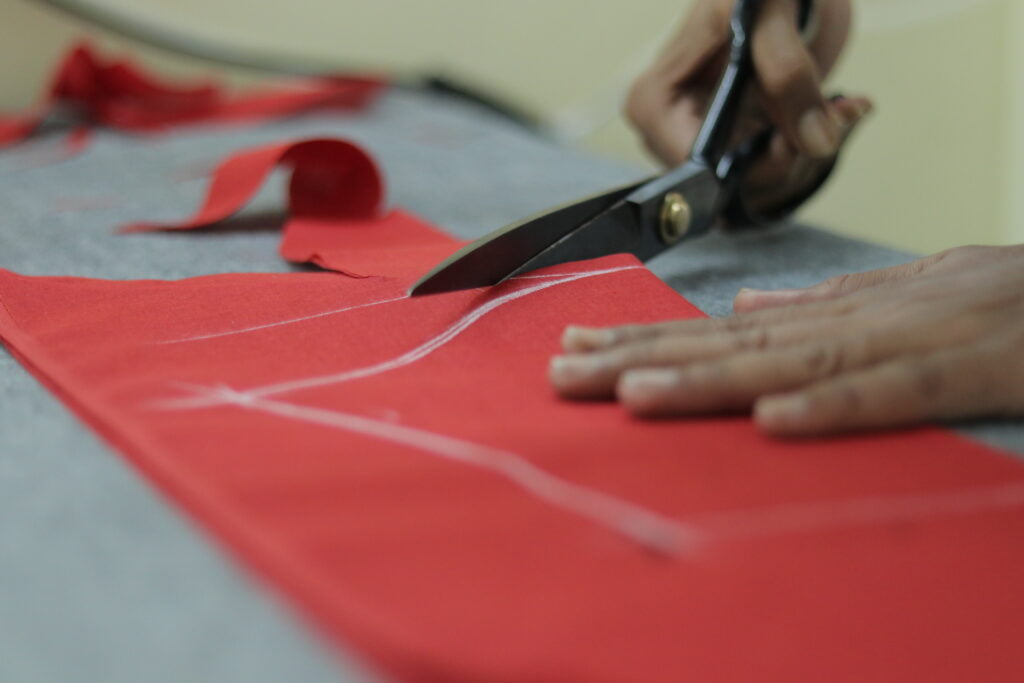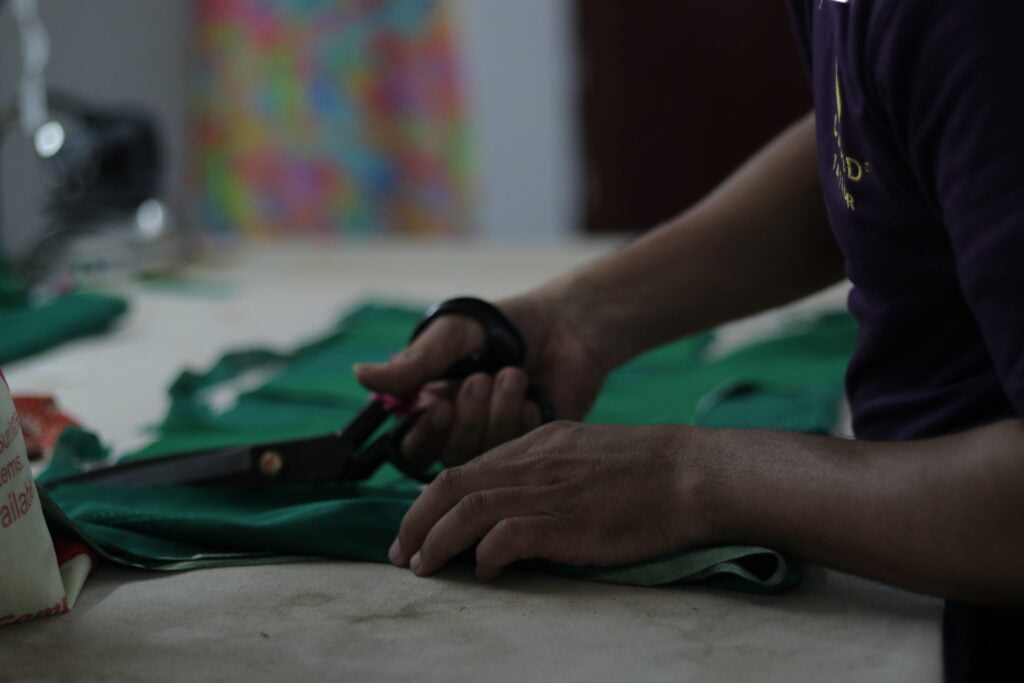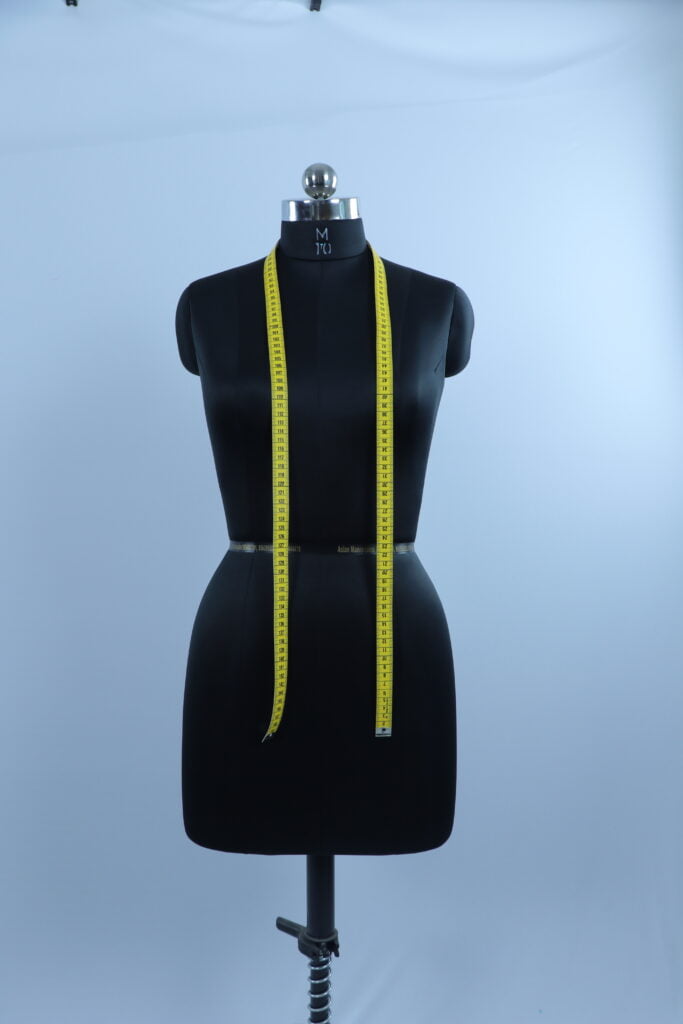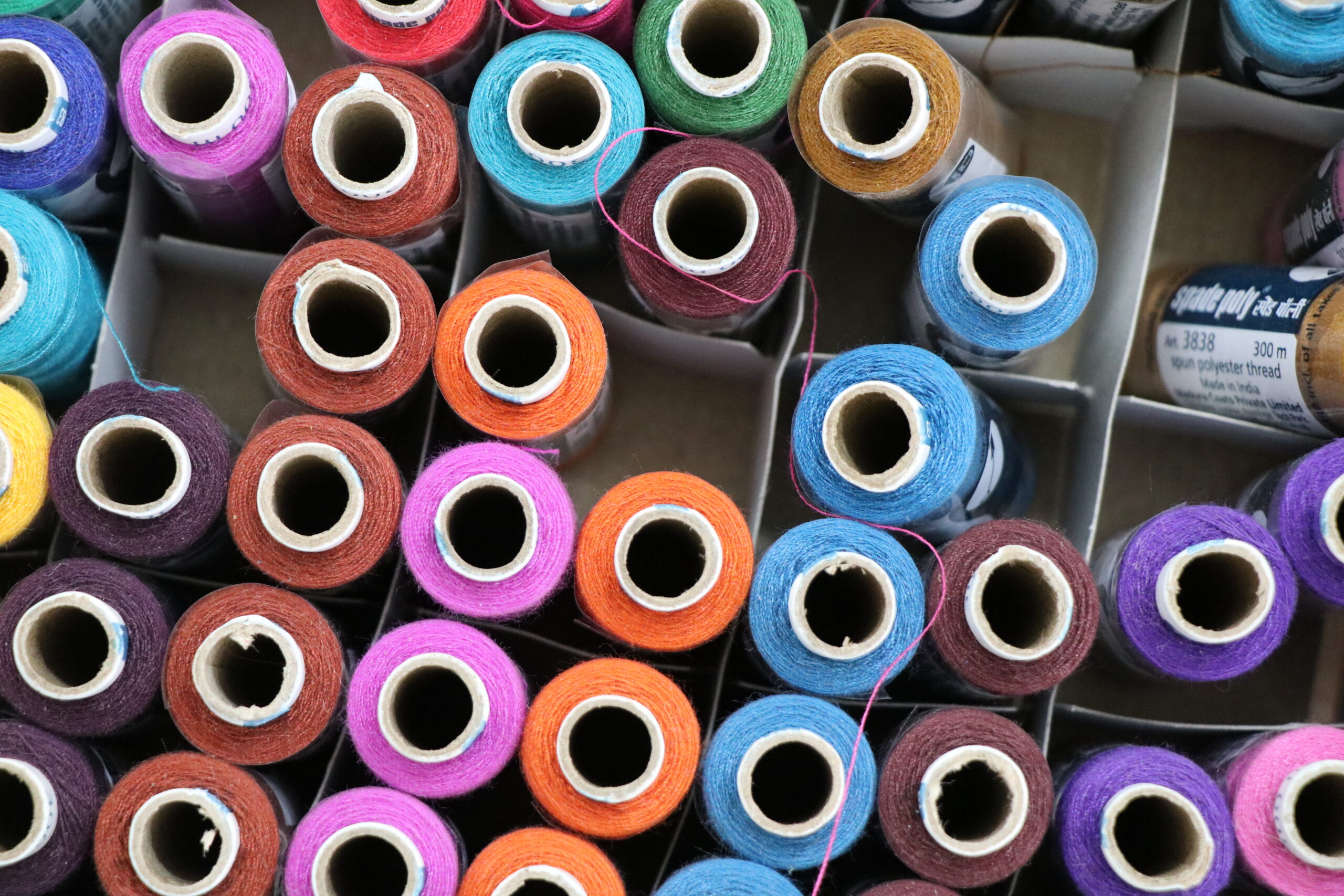The garment industry is something that we are all engaged with but do we really know how it operates? The fashion industry is loaded with big brands, most of them exploiting their workers and other stakeholders by having them work in poor conditions and with minimum wage or even less.
While big fashion giants benefit from exploiting workers, the workers themselves remain stuck in a loop of poverty. We should strive to provide all stakeholders and labourers with a living wage and not a minimum wage. A living wage according to the UN global compact is one that enables workers and their families to meet their basic necessities.
The majority of garment workers are women, generally women of colour who are situated in economically weaker, developing countries. This intersection makes them very vulnerable to issues of sexual harassment and violence on top of being underpaid and undervalued.
Female workers are often recruited on an informal basis and not a contractual one because of which they are not compensated fairly on their wages let alone enjoying benefits like paid maternity leaves, insurance, etc.

While most countries have laws regarding minimum wages and other labour laws, these legislations are often not adhered to. During the Covid-19 pandemic crisis, many sectors were hit hard financially, and so was the fashion sector as a result of which many workers were left unpaid and uncertain about their employment status.
These workers have to work in dire situations, often bearing verbal and physical abuse, working punishing hours to get done with orders. Prominent brands like Ralph Lauren whose clothes retail for hundreds of dollars have them made in the southern part of India, while the women making them earn as low as 3 dollars per day. The clothing industry is one of the biggest industries. However, of all the fashion workers only an estimated 2 per cent earn a living wage.
Just like the gendered division of labour, pay is also a gendered issue. Due to the exploitative nature of the fashion industry, women workers are generally the lowest-paid workers in the fashion supply chain worldwide. Along with this, female workers also bear the burden of unpaid housework which is just another addition to their problems. This also makes them short of time. Fair pay with proper working hours would help them a great deal
There is a need for acknowledgement of the fact that a minimum wage does not ensure a decent standard of living that provides a nutritious meal, healthcare facilities, decent housing and other basic needs. Bridging the gap between minimum wages and actual living wages is significant.
Garment workers and stakeholders should be allowed to form unions that permit them to negotiate and work out their fair, living wages and make their working environment better so that they are compensated reasonably.
Brands should have transparency about their practices and standards of working, and the indicators determining the pay. This would ensure accountability to stakeholders as well as consumers.

Usually, there’s rarely ever any contact between the people wearing the clothes and those making the clothes. Brands like Cloud Tailor make the two come closer, not only by bridging this gap, but also ensuring that a personalised touch is added to the customer’s clothes.
Assuring a living wage positively impacts the work output as well, as the workers are better motivated, less likely to engage in absenteeism, and have an overall healthier environment where their needs are met.
Big, fast fashion brands also have an environmental cost to bear. They pollute the environment at an unprecedented rate and are using up natural resources mindlessly. The extreme use of plastic is also very concerning. Fast fashion follows big trends at a small price but fast fashion does not last too long. Fast fashion items are cheap quality that is not made to last and therefore, are discarded quickly, piling up in landfills. Brands, to clear their names off such allegations, often greenwash
While formulating and implementing laws related to workers and other stakeholders the approach should be people-centric and should aim to better the lives of people, aiming at the distribution of wealth rather than it being concentrated in the hands of a section.
Just like the gendered division of labour, pay is also a gendered issue. Due to the exploitative nature of the fashion industry, women workers are generally the lowest-paid workers in the fashion supply chain worldwide. Along with this, female workers also bear the burden of unpaid housework which is just another addition to their problems. This also makes them short of time. Fair pay with proper working hours would help them a great deal.

Big, fast fashion brands also have an environmental cost to bear. They pollute the environment at an unprecedented rate and are using up natural resources mindlessly. The extreme use of plastic is also very concerning. Fast fashion follows big trends at a small price but fast fashion does not last too long. Fast fashion items are cheap quality that is not made to last and therefore, are discarded quickly, piling up in landfills. Brands, to clear their names off such allegations, often greenwash.
Concrete steps need to be taken by the government in making and enforcing laws for a real time change to happen. These policies need to be monitored to make sure that they are being followed in reality and are not just sitting on paper.
Consumers need to be curious and ask questions about their product, who made it, whether they were compensated fairly, and what kind of conditions they work in. This makes brands answerable to people. In recent times, more and more brands are engaging in conscious practices.
Social media has brought to the attention terms like fast fashion, ethical fashion, eco-friendly fashion, sustainability, slow fashion, and thrifting. They have become the buzzwords compelling brands to maintain a healthy environment for workers and the natural ecosystem.
Editor’s Note: This article is part of a collaboration with Cloud Tailor. To know more about the brand, you may take a look at their work on Instagram, Twitter, Facebook, LinkedIn, Youtube, Pinterest, and Quora
About the author(s)
Tuba is currently pursuing an Undergraduate Degree in political science, at the Delhi University. She likes reading about current affairs and also loves cats, movies, k-dramas, chai, and staying in. At other times, you would probably find her taking pictures of the sky, if not listening to music




